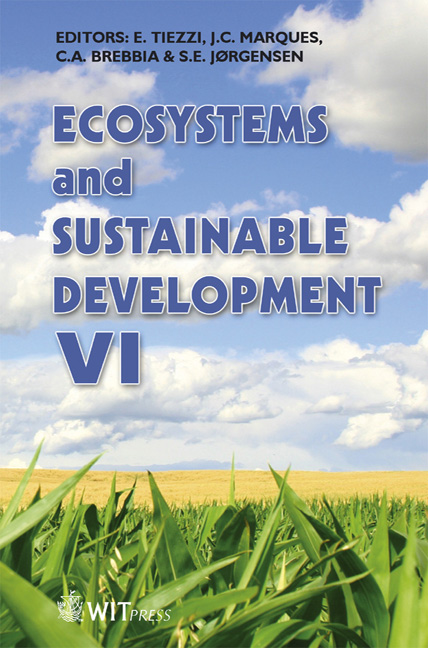Application Of The SWAP Model For Sustainable Agriculture In An Arid Region
Price
Free (open access)
Transaction
Volume
106
Pages
9
Published
2007
Size
346 kb
Paper DOI
10.2495/ECO070381
Copyright
WIT Press
Author(s)
B. Mostafazadeh-Fard, H. Mansouri, S. F. Mousavi & M. Feizi
Abstract
Iran is located in an arid and semi-arid region of the world with average annual precipitation of about 250 mm. Due to lack of suitable water resources, many farmers are using saline river or groundwater for irrigation which causes gradual accumulation of salts in the soil. Salinity of soil and water resources is one of the major environmental factors limiting the productivity of agricultural lands and reduces land area under cultivation. For sustainable agricultural productions, appropriate irrigation management practices should be applied if the saline irrigation water is to be used for irrigation. The SWAP (soil-water-atmosphere- plant) model is a physical-based model that can be used to simulate crop yield and soil salinity, among others. To collect field data to apply to this model as input and calibrate it, a field experiment planted with wheat was conducted on a silty clay loam soil, in the central part of Iran (the Rudasht region near Isfahan with an annual average precipitation of about 80 mm), with three irrigation water salinity levels of 2, 8 and 12 dS/m with/without leaching levels of 4, 19 and 32 percent with two different irrigation water managements, using factorial design with four replications. The results showed that the model is applicable in this arid region and has low sensitivity to input data of root distribution depth and irrigation water salinity and medium sensitivity to climate data, soil surface layer hydraulic characteristics, leaf area index and amount of irrigation. The model simulated wheat yield and the calibration coefficients were obtained. The results showed that the model could be used as an effective tool for sustainable agricultural production. Keywords: SWAP model, wheat, yield, Iran.
Keywords
SWAP model, wheat, yield, Iran.





